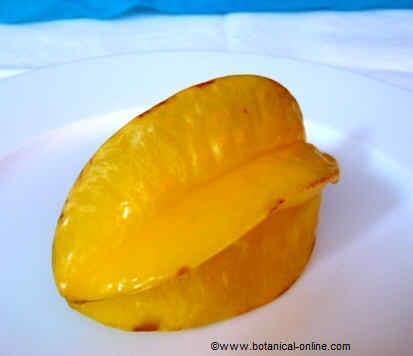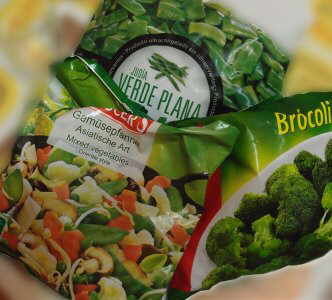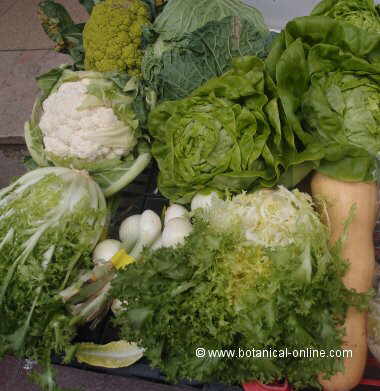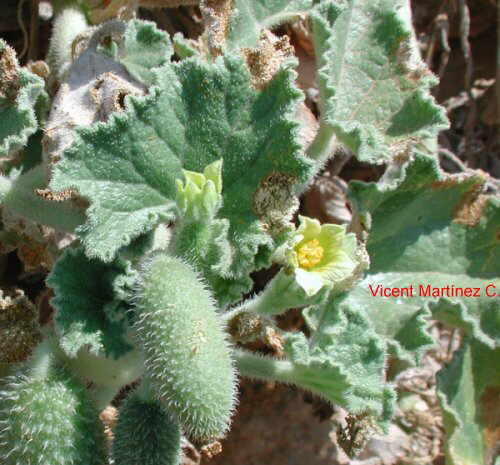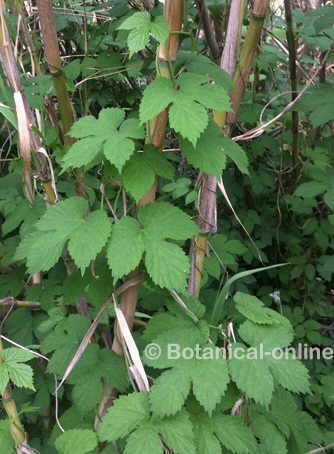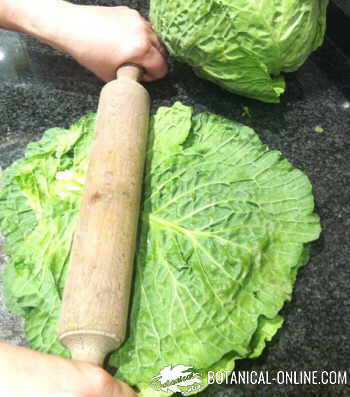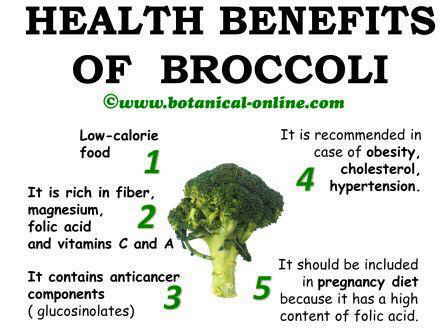Contents
Polycyclic aromatic hydrocarbons characteristics
What are PAHs? What foods are they in?
Polycyclic aromatic hydrocarbons (PAHs) are carcinogenic compounds that are formed by the incomplete combustion of organic matter.
These components are widely distributed in the environment, but through exposure to food and tobacco, the greatest exposure to these components occurs.
Foods with polycyclic aromatic hydrocarbons (PAH)
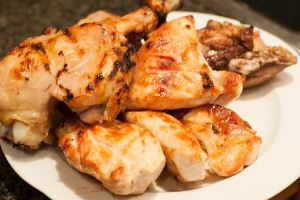
The most important dietary sources are:
- Cooking food: Barbecue, roasted, smoked, roasted, etc .: The burning of coal, wood or organic matter is what produces these components, which pass to the meat, and so we ingest them.
- Vegetables grown in contaminated environments (cereals, vegetables, etc. that grow near cities, airports or next to the road)
- Tobacco smoke also contains these substances.
Risks for health of polycyclic aromatic hydrocarbons
There are many types of polycyclic aromatic hydrocarbons. For example, one of the most carcinogenic is benzopyrene (It is one of the carcinogenic components of snuff), which is capable of producing mutations in DNA and cause the appearance of cancer cells.
- These components have been linked to bladder cancer, skin cancer, lung cancer and certain types of digestive cancers.
If PAH-rich foods are taken frequently, other injuries such as photosensitivity, coughing, bronchitis or decreased fertility may occur over time.
Foods containing polycyclic aromatic hydrocarbons
These components are found in large quantities in burned, heavily roasted or smoked foods. The smoke of burning wood or coal produces these substances, which are impregnated in food.
In general, the higher the cooking temperature, the more PAH are formed. Cooking with barbecue, charcoal or roast are the highest concentration of polycyclic aromatic hydrocarbons (PAH).
BBQ meat is very rich in HAP, especially if it has a layer of “burned”. The more greasy the food and the longer it is cooked, the greater the proportion of PAH it will contain (fat falls on the fire and produces more PAH).
- Any food, including vegetables, cooked on a barbecue or at very high temperatures, will contain certain amounts of PAH.
The difference lies in the fact that roasted meat, in addition to PAH, contains heterocyclic amines and nitrosamines, which are also carcinogenic.
| Food | amount of PAH (micrograms of benzopyrene ) |
| Nigerian smoked fish | 35,5 – 139 |
| Rapeseed oil | 2,46 |
| Sardine | 2,46 |
| Refined soybean oil | 2,18 |
| Refined oil in general (sunflower oil, etc.) | 1,90 |
| Sausage | 0,12 |
| Trout | 0,057 |
| Tuna | 0,023 |
| Bacon | 0,011 |
Source : ” Polycyclic aromatic hidrocarbons and human health”- I. Vives, J. Grimalt, R. Guitart. Autonomous University of Barcelona, Spain. 3rd September , 2001. | |
![]() More information on toxic products in food
More information on toxic products in food


